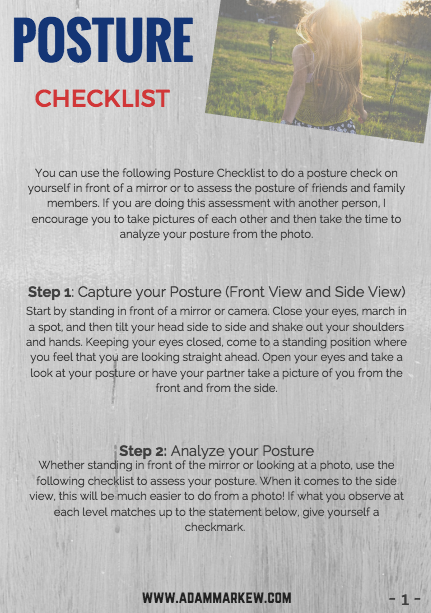
Blog
Slipped Disc?
You have probably heard the term “slipped disc”, often it is often used very loosely.
A true slipped disc is referring to a disc bulge or disc herniation. This can happen throughout the spine but most often in the neck and low back.
Your intervertebral discs are filled in the centre with a material that can shift if the back is injured in a certain way….
You have probably heard the term “slipped disc”, often it is often used very loosely.
A true slipped disc is referring to a disc bulge or disc herniation. This can happen throughout the spine but most often in the neck and low back.
Your intervertebral discs are filled in the centre with a material that can shift if the back is injured in a certain way.
Typical physical demands will most commonly shift the center of the disc towards the back of the spine where the spinal cord and nerve roots are. (Think of squishing a jelly donut from the front, the jelly will be pushed out the back)
This can compress the nerves either directly or from the pressure resulted from inflammation. The nerves are very delicate and are reactive to the slightest changes in pressure. Since the nerve roots area are surrounded by boney canals, there is not much room for error.
This slippage of the disc will commonly cause neck pain or back pain depending on where the injury occurred in the body, and in a lot of cases the pain can be quite severe.
Not to mention the chances of pinching a nerve that can cause a shocking or searing pain into your arms and hands. Or if it’s a low back injury it could cause sciatica (low back pain that causes nerve pain down your leg).
In humans there are certain signs and symptoms that will make it easier for your chiropractor to diagnose. Before an examination you should make notes describing exactly what pain you are feeling and any limitations that you have, and during the exam cooperate during physical tests to determine the root cause..
With dogs and horses this can be harder to diagnose. A lot of time this can present as lameness, a weak leg or complete dragging of the hind end.
Chiropractic can be of great help but the healing process can be quite slow as nerve tissue healing depends on the amount of compression and the length of time it was compressed.
In humans, dogs, or horses, if there is pain or weakness and both legs as well as incontinence, this should be treated as a medical emergency and you should go to a hospital.
The 60 Pound Head
“Sit up straight” You’ve been told this when we were young and you have probably said it to your kids. Your ear, shoulder and hip should be one vertical line. While inside your neck should have a nice smooth “C” curve to it of about forty degrees.
“Sit up straight”
You’ve been told this when you were young and you have probably said it to your kids.
Your ear, shoulder and hip should be one vertical line, perpendicular to the floor. While inside your neck your vertebrae should have a nice smooth “C” curve to it.
When we lose that curve there is more strain on your neck. But the question is how much?
A spinal surgeon out of New York did a study to figure this out.
The average human head weighs in at 13.2lbs. 10-12lbs of force is placed on your neck while you are in the perfect position mentioned above.
So what happens when perfect changes?
15 degrees forward = 27lbs of strain
30 degrees forward = 40lbs of strain
45 degrees forward = 49lbs of strain
60 degrees forward = 60lbs of strain
This increased strains lead to faster degeneration in the neck and eventually disability.
Corrective chiropractic care aims to restore this changes back to normal as close as possible, and the changes we see in curve correction can be truly amazing even to us.
But it's more amazing when our patients feel and move much better as a result. It's very simple actually. Reduce 50lbs of strain off of your neck and it's going to work better. You don't need to be a rocket scientist to understand that.
The crazy part is that these bad postures and neck curve changes are now seen commonly in kids with increasing time spent on technology.
In a one year period the average person spends 700 to 1,400 hours a year on smart devices. The average high school student may spend up to another 5,000 hours on their smart devices.
That’s Insane!!!
The bottom line is you don't know what you don't know. Get your kids checked by a corrective care chiropractor and see if there are in fact any structural changes that have already started and correct it now, as it is much easier to do while they are young.
An ounce of prevention is worth a pound of cure.





